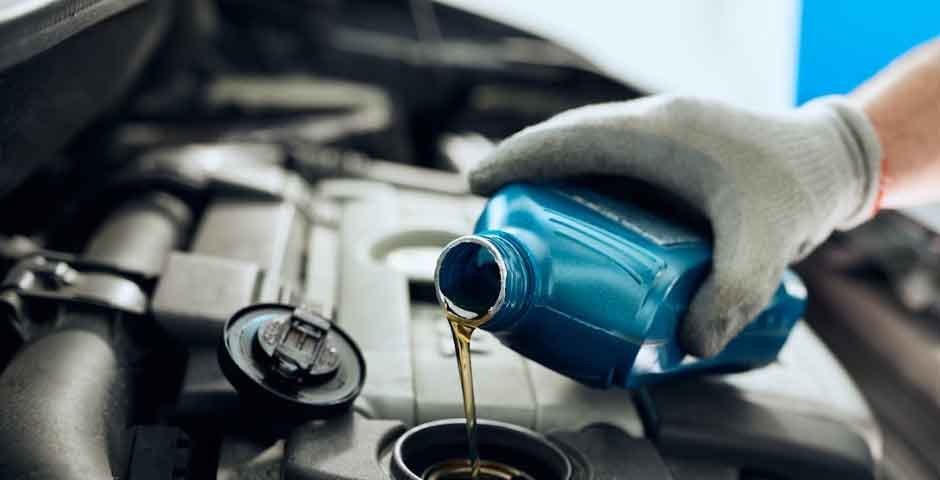Every vehicle’s most critical component is the car engine, acting as the heart that ensures its proper function. It can also be one of the most expensive parts to repair or replace if something goes awry, which makes regular maintenance a crucial aspect of owning a car.
This article will share eight practical tips to maintain your car’s engine effectively. It’s worth noting that, even as you ensure your engine’s health, there are other ways to optimize your vehicle’s performance. For example, considering aftermarket parts like universal exhausts can be a worthwhile investment for your car. If you’re interested, why not check this out?
Now, go ahead and explore these essential engine maintenance tips to help extend the lifespan and efficiency of your car.
1.Replace The Engine Oil And Oil Filter Regularly
The engine oil lubricates the different moving parts of your engine, minimizing wear and tear. As such, regular oil changes are essential to maintaining your engine’s performance and lifespan. Check your owner’s manual for the manufacturer’s recommendation on oil change interval and what type to use. However, a good rule of thumb is to change the engine oil every 5,000 miles (around 8,0000 kilometers) or six months (whichever comes first).
2.Check For Oil Leaks
Check for leaks around the engine bay and under the vehicle when performing oil changes. If you see oil marks, it could signal issues with the following:
- Oil seals
- Bad connections
- Drain plugs
- Oil pans
- Engine gaskets
You can also identify oil leaks when you smell something off when you lift the car’s hood. If you suspect an oil leak, take the vehicle to your trusted mechanic as soon as you can to prevent additional damage.
Leaks are generally caused by an o-ring failure between the injectors and fuel rails, so when dealing with potential fuel system problems, it’s crucial to take into account the various options for fuel injection pump repairs that exist. Accurately identifying the issue and selecting the appropriate pump can guarantee optimal engine performance and efficiency for your vehicle.
3.Don’t Forget To Change The Oil Filter
Because of all the moving parts in a vehicle’s engine, dust, dirt, and sediments find their way into your engine oil. This is why changing your oil filter is equally vital, as it prevents unwanted particles from entering your engine. While there are different recommendations for how often you should change your oil filter, following the same schedule as your oil changes is best.
4.Keep An Eye On Your Car’s Cooling System

A vehicle’s cooling system keeps the engine from overheating, which could cause damage. As such, it’s essential to add both coolant changes and checks to your regular preventive maintenance checklist.
In addition, keep an eye out for your engine temperature gauge on sweltering days and long drives. If it rises beyond the normal level, it’s best to check your car’s cooling system.
5.Check The Air Filter
Just as your engine must stay cool, it also needs to breathe. Constricted engine airflow can lead to fuel not burning completely, increasing fuel consumption and emissions. If you notice an uptick in fuel consumption, it could be due to a dirty air filter.
You don’t always have to change filthy filters. Cleaning them and removing any stuck debris will often be enough to improve engine airflow. However, if the air filter is too ragged, it’s best to replace it. Again, check the owner’s manual for the manufacturer’s recommendations on how often to change the air filter.
6.Check Your Belts
Depending on your drive train, your car will have one or more drive belts powering engine components that can include the following:
- Steering pump
- Alternator
- Water pump
- Air conditioning compressor
Drive belts typically last around 10,000 miles. If you’re unsure when the belt was changed last, you can check them for cracks and signs of wear.
7.Change Your Sparkplugs
Your car’s sparkplug ignites the gas and fuel mixture that pushes the piston down the cylinders. You’re due for a sparkplug change if you notice any of the following symptoms:
- Hard starting
- Poor idling
- Engine knocking or pinging
- Decreased fuel economy
- Subpar performance
Your owner’s manual should indicate the intervals for changing your sparkplugs. If it doesn’t, consult a trusted mechanic.
8.Avoid Constantly Pushing The Engine To The Limit
Consistently redlining your car puts unnecessary stress on the engine, leading to premature wear and tear. While an engine’s redline is based on things like peak power and torque, it also considers the structural strength of components such as the following:
- Piston
- Bearings
- Valves
Despite what the Fast and Furious franchise would have you believe, pushing your car to its rev limit only shortens your engine’s lifespan. So, if you want your vehicle to last as long as possible, be reasonable with aggressively driving your car.
Final Words
While it’s tempting to add aftermarket parts to enhance your car’s aesthetics and performance, maintaining your car engine should always be your priority. Doing so lets you get the most out of your vehicle and avoid costly repairs.
As the cliché goes, if you take care of your car, it will take care of you – doing the same for your engine is no different.






